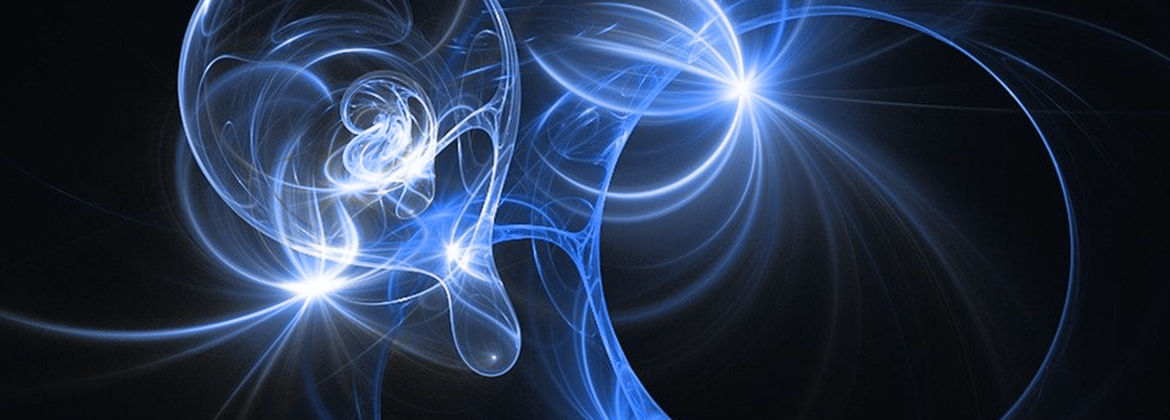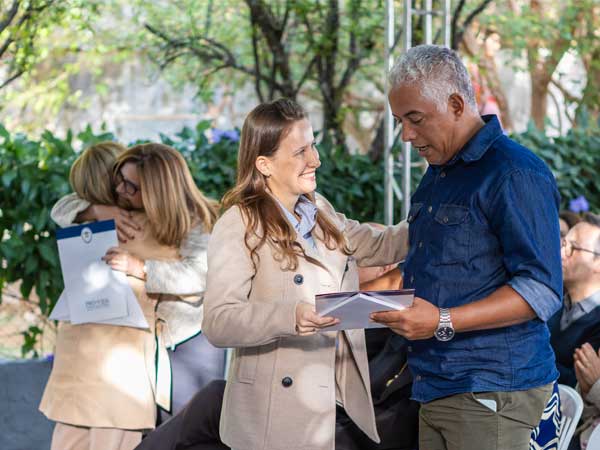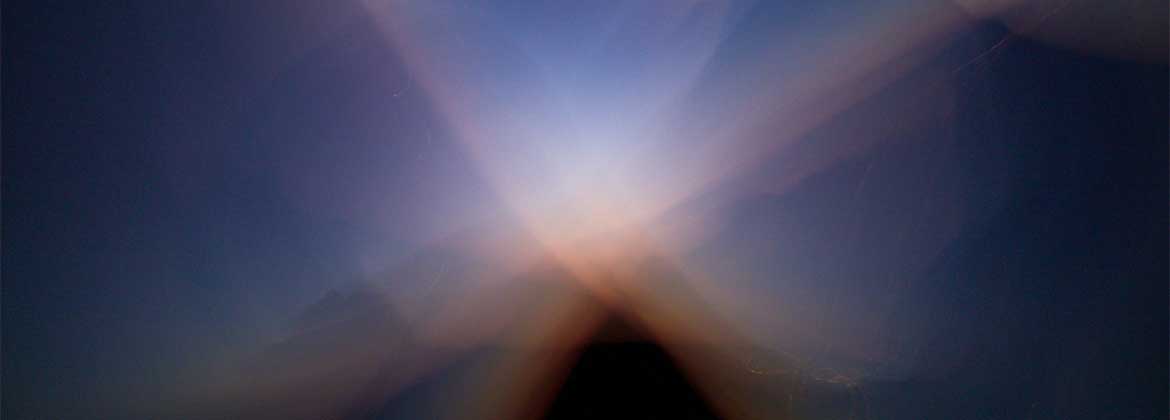Energy
Energy

What concept represents this so versatile word? In how many situations is the word energy used! It is used both to describe what is at stake when burning a fuel, as well as to explain someone’s praiseworthy attitude.
There was a time when Science was the object of study for philosophers. Plato in his dialogue “Teeteto” asked the question: “What is science?” And concluded that science is the “possession of truth.” Then his disciple Aristotle said that science begins with sensory perception and ends with intellectual knowledge.
For a long time, science and philosophy went together, the first as the object of the second. A clearer distinction between scientific knowledge and philosophical knowledge would emerge later, in the Renaissance, with the establishment of a science that claimed for itself exclusivity of the quantitative and the experimental.
Whether through the use of Science or the practice of Philosophy, it is part of the human being’s constitution to ask the whys of the facts observed. And, in this search for an answer, an urgency as old as it is today, the contribution of the classical philosophers is no less important than that of today’s scientists.
Analyzing the evolution of concepts, over the history of science, we see how human beings have evolved in this search. The concept of universe, for example, is very different from the old way of thinking. Or the concept of cell, which was seen as a closed cell and became an element of the integration of tissues and organs; or the atom, which went from indivisible to an infinity of sub-particles. This evolution attests to the path followed by mankind in its search for answers.
The concept of energy, perhaps more than any other, summarizes this search, because it contains within it the idea of constancy, in the midst of change, and unity, in the face of multiplicity; at the same time cause and effect. And in current times, it seems that the whole of humanity has turned towards this concept. Energy has become a word with multiple uses, both in common sense and in science, and its study was included in many disciplines, thus making it familiar to all.
Analyzing the evolution of concepts, over the history of science, we see how human beings have evolved in this search. The concept of universe, for example, is very different from the old way of thinking. Or the concept of cell, which was seen as a closed cell and became an element of the integration of tissues and organs; or the atom, which went from indivisible to an infinity of sub-particles. This evolution attests to the path followed by mankind in its search for answers.
The concept of energy, perhaps more than any other, summarizes this search, because it contains within it the idea of constancy, in the midst of change, and unity, in the face of multiplicity; at the same time cause and effect. And in current times, it seems that the whole of humanity has turned towards this concept. Energy has become a word with multiple uses, both in common sense and in science, and its study was included in many disciplines, thus making it familiar to all.

In Biology, for example, energy is the key to the survival of living beings as well as to the equilibrium of their habitat. In history, we see that energy is crucial to the evolution of the lifestyle of a society that, from a technology perspective, has become synonymous with development. Geopolitics today examines the division of political and geographic areas according to the disposition of energy resources. And Ecology, in turn, warns that there must be an option for cleaner forms of energy, that don’t affect nature. In Physics, the fundamental interactions of nature are studied in the light of energy. Thus, each subject, within its specific logic, contributes to an aspect of this concept. Each deals with the theme within its context, and according to its own reasons.
In Mileto, ancient Greece, a disciple of Thales, named Anaximandro, said that our world, our “cosmic building”, is derived from an imperceptible substance called apeiron, “the unlimited”, in Greek. This substance would have existed before the separation of the opposites and would represent the primal unit of all phenomena in nature. A little later, in Ephesus, still in Greece, Heraclitus, instigated by the observation that “everything changes” (panta rhei, in Greek), or that everything is in motion, made a philosophical leap when saying: “There must be something invariant in the universe, which never changes.” This something would be an ethereal element that unites all things and can transform itself into the objects we see. This substance he called “fire.”

After 2000 years, at the end of the Middle Ages and start of the Renaissance, retaking the Classical thoughts, philosophers like Leonardo da Vinci and Galileo Galilei, observed that nothing is still, all that is around us is moving. This movement may be manifested or in a latent state. Therefore, everything contains in itself what was called by Leibniz “vis-viva”, intrinsic motion. At this point the development of Mechanics as a science began. Throughout the Industrial Revolution, a veritable explosion in the use of machines took place due to the invention of the steam engine. The objective was to build a machine with absolute output, that is, that would transform all the “vis-viva” of fuel into “vis-viva” of useful motion. But it seems that something is always lost in this transformation. This led to the formulation of the principle of conservation of the “vis-viva” by D’Alembert, which is the embryo of the concept of mechanical energy: kinetic and potential.
At the end of the 19th century and beginning of the 20th, the evolution of science enabled a new look at the phenomena of transformation present in nature. A luminous body emits electromagnetic radiation of a broad spectrum. These electromagnetic waves interact with matter making its molecules vibrate, thereby increasing its temperature; or, the radiation can “grab” the electrons as it reaches the material, and these, if properly conducted, generate an electric current. Therefore, light, heat, electricity and magnetism are different manifestations of the same entity, which is also present in mechanical, chemical, gravitational and nuclear phenomena. And to finish, Einstein gives us a surprising interpretation to matter itself by the formula e = mc2!
When, in this incessant search, this entity needed a proper word for its description, it was a text of Aristotle that provided it. From what we know, it was he who used the word “energeia” for the first time. Energeia, in Greek, is formed by the prefix “em” which means “inside” and the word “ergon” which means “work.” Thus, energy is the “work that comes from within” or the “force of manifestation.” In his text “Nicomachean Ethics”, after a long rationale, Aristotle concludes:
“
The good of man appears to us as an activity of the soul in harmony with virtue.”
“
The good of man appears to us as an activity of the soul in harmony with virtue”.
This activity of the soul he wrote in ‘first hand’ as: “psyches energeia.”
Thus we see that the word, now used in countless situations, was brought from a broader context, the closest to that of “vital energy”. As if we always knew that everything is ENERGY.
Aristotle – Ética a Nicômaco (“Nicomachean Ethics”) Coleção os Pensadores, Editora Abril, 1984.
Lindsay, R.B. “The Concept of Energy and its Early Historical Development” – Plenum Publishing
Corporation, 1971.
Burattini, M.P. Energia – Uma abordagem Multidisciplinar (“Energy – A Multidisciplinary Approach”) Editora Livraria da Física, 2008.
Textos Fundamentais da Física Moderna. Vol.1. Princípio da Relatividade (Fundamental Modern Physics Texts Vol.1 – Principle of Relativity). Fundação Calouste Gulbenkian, 1971.









